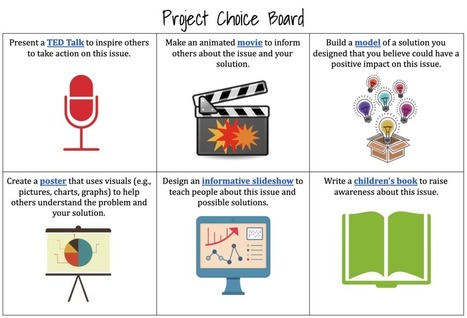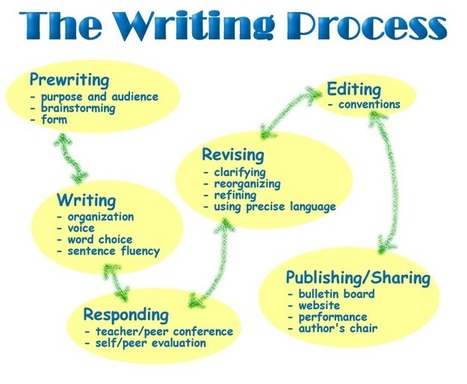"In my blog post titled “3 Ways to Build Student Agency into Your Lessons,” I encouraged teachers to design lessons that allow students to make key decisions about their learning. Student agency is one of the easiest ways that teachers can begin to personalize learning. If students are invited to make decisions about the subject or topic they focus on, how they complete a task, or what they produce to demonstrate their learning, the learning path and products will be different for individual students.
"In addition to personalizing learning, giving students agency is a powerful motivator. When students are given opportunities to select the lens they look through or decide how they want to approach a task, they are more likely to be interested and engaged in the learning.
"A simple strategy for increasing student agency in your classroom is to provide students with a choice board of options they can choose from to demonstrate their learning at the end of an investigation, unit, or project."
Via Tom D'Amico (@TDOttawa) , Jim Lerman



 Your new post is loading...
Your new post is loading...













Agency for students. Let them choose. (You curate the choices.)